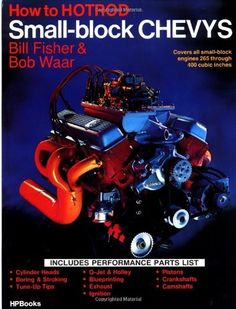http://garage.grumpysperformance.com/index.php?threads/sleeving-a-block.1516/#post-3467
http://garage.grumpysperformance.com/index.php?threads/installing-splayed-caps.7267/#post-24723
http://www.jegs.com/i/PRW/228/1735002/10002/-1
http://www.jegs.com/i/PRW/228/1740002/10002/-1
http://www.jegs.com/i/Coleman-Racing-Products/193/C-307/10002/-1
http://www.ebay.com/itm/like/381470210584?lpid=82&chn=ps&ul_noapp=true
https://www.summitracing.com/search/product-line/milodon-main-cap-kits
http://garage.grumpysperformance.com/index.php?threads/installing-splayed-caps.7267/#post-24723
http://www.jegs.com/i/PRW/228/1735002/10002/-1
http://www.jegs.com/i/PRW/228/1740002/10002/-1
http://www.jegs.com/i/Coleman-Racing-Products/193/C-307/10002/-1
http://www.ebay.com/itm/like/381470210584?lpid=82&chn=ps&ul_noapp=true
https://www.summitracing.com/search/product-line/milodon-main-cap-kits
Last edited:


